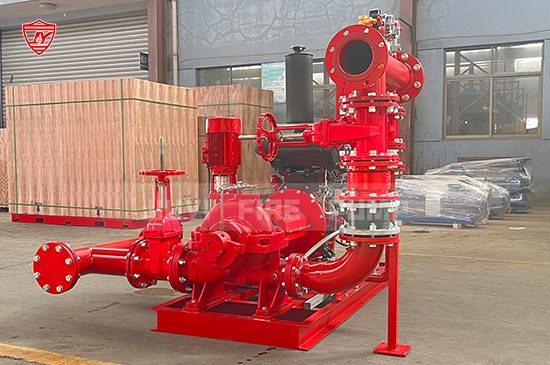Fire pumps play a crucial role in fire protection systems, ensuring adequate water pressure for sprinklers and standpipes. However, not every building requires one. The necessity of a fire pump depends on factors such as building height, water supply pressure, and fire safety regulations.

According to NFPA 20 and other fire safety codes, a fire pump is typically needed in buildings where:
The local water supply pressure is insufficient to meet fire protection needs.
The building is tall (typically over 75 feet or as per local codes).
A large area requires a high volume of water for fire suppression.
The fire sprinkler system demands higher pressure to operate effectively.
Some buildings may not require a fire pump if:
The municipal water supply provides adequate pressure for fire protection.
They are single-story structures with minimal fire risk.
Alternative fire suppression methods, such as gravity tanks, are in place.
To ensure proper fire safety, it’s essential to comply with NFPA 20, local fire codes, and insurance requirements. Conducting a thorough fire protection system assessment can determine whether a fire pump is necessary.
Not every building has a fire pump, but for those that do, it’s a vital component of fire safety. Understanding when a fire pump is required can help building owners and engineers design effective fire protection systems, ensuring safety and compliance.